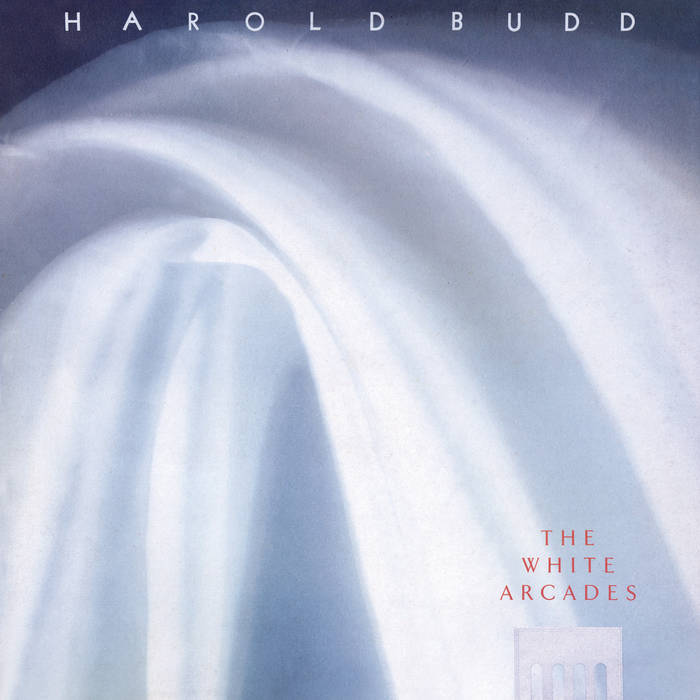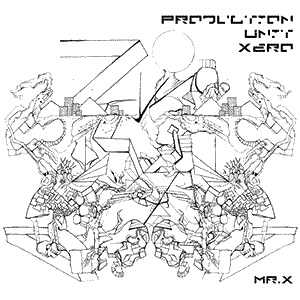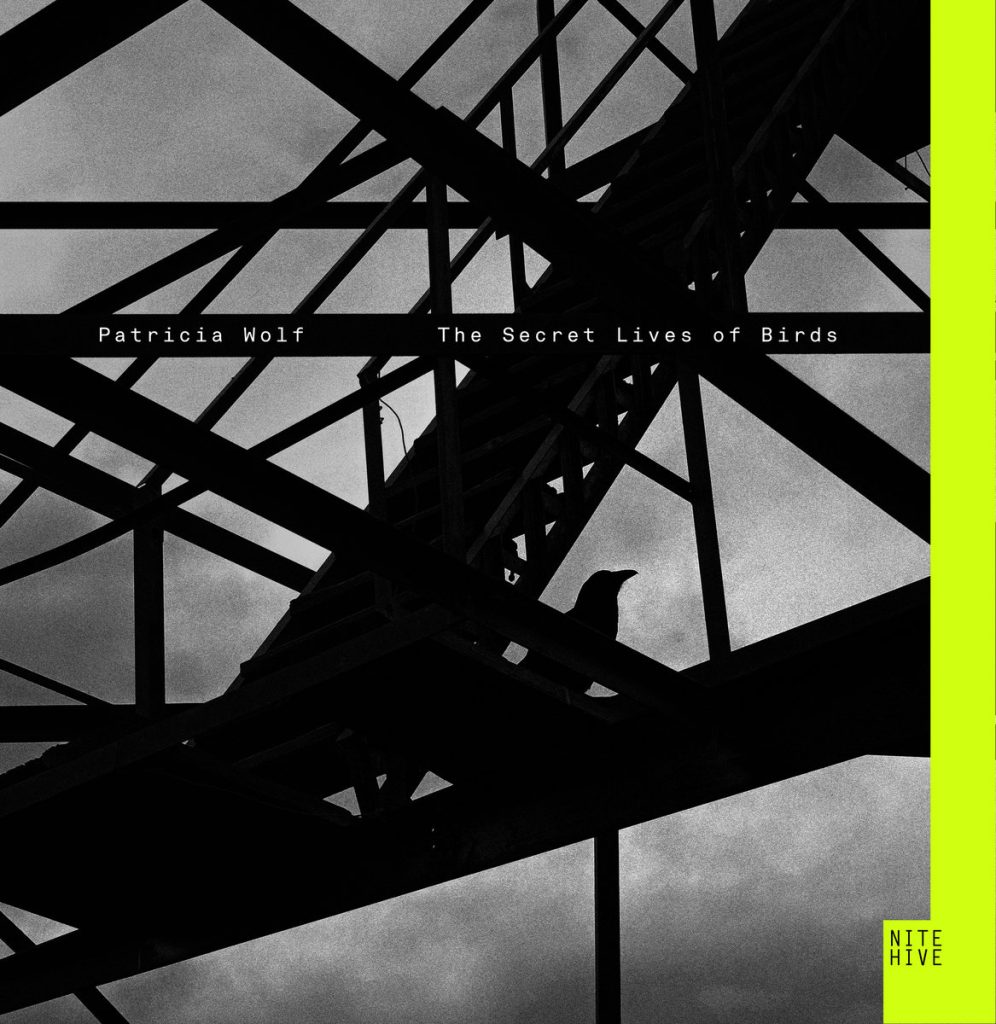The White Arcades – Harold Budd (1988) – Album Review

Harold Budd’s “The White Arcades”: A Luminous Journey Through Sound
Harold Budd’s 1988 album “The White Arcades” remains a pivotal work in the ambient genre, a masterpiece that encapsulates the serene, introspective nature of Budd’s musical vision. Known for his minimalist compositions and collaborations with other luminary figures in ambient music, Budd crafted “The White Arcades” with a finesse that merges simplicity with depth, creating a soundscape that is both ethereal and profoundly touching.
The Essence of the Album
At its heart, “The White Arcades” is a study in the power of minimalism and the beauty of ambient soundscapes. Budd employs his signature piano style, characterized by soft, lingering notes and a sense of spaciousness, to weave together a series of tracks that transport the listener to a realm of tranquility and reflection.
Crafting Soundscapes
The album opens with the title track, “The White Arcades,” setting a tone of delicate melancholy that permeates the entire work. The piece combines synthesizer washes with gentle piano motifs, creating an effect that is at once soothing and haunting. This duality, a hallmark of Budd’s work, invites listeners into a space of introspection, where silence and sound hold equal weight.
Tracks like “Balthus Bemused by Color” and “The Child with a Lion” further showcase Budd’s ability to create complex emotional landscapes with a limited palette. Here, the interplay between electronic textures and acoustic piano highlights the composer’s skill in balancing warmth with ambient coolness, crafting soundscapes that feel both intimate and expansive.
A Collaborative Spirit
While much of “The White Arcades” is driven by Budd’s piano and synthesis, the album also features contributions from other notable musicians, adding layers to the auditory experience. Brian Eno, a long-time collaborator of Budd’s, co-writes and performs on several tracks, bringing his own ambient sensibilities to the mix. The inclusion of Robin Guthrie, of Cocteau Twins fame, particularly on the track “Flowered Knife Shadows,” introduces a guitar element that weaves seamlessly into Budd’s compositions, adding a texture that is both dreamy and poignant.
The Emotional Arc
Throughout “The White Arcades,” there is an emotional arc that moves from contemplation to a more luminous, hopeful quality, as evidenced in later tracks like “The Real Dream of Sails.” Here, the music shifts to a lighter, more uplifting tone, suggesting a journey that has moved through introspection and emerged into a space of clarity and calm.
Innovation within Minimalism
What makes “The White Arcades” so remarkable is Budd’s ability to innovate within the constraints of minimalism. Each track, while seemingly simple in structure, reveals a depth of emotion and a richness of sound that belies its surface simplicity. Budd’s compositions are meticulously crafted, with each note and silence carefully considered for its contribution to the overall effect. This attention to detail creates a listening experience that is immersive, drawing the listener deeper into the music with each successive track.
The Album in the Context of Ambient Music
“The White Arcades” occupies a special place in the ambient music canon, reflecting both the genre’s capacity for evoking deep emotion and its potential for sonic exploration. Budd’s album stands as a testament to the power of ambient music to transcend the everyday, offering listeners a gateway into inner landscapes of beauty and serenity.
Harold Budd’s work on “The White Arcades” is not merely about creating background music; it is about crafting an environment, a sonic space where the mind can wander, reflect, and find solace. The album invites repeated listens, with each return revealing new textures, nuances, and emotional depths.
A Luminous Legacy
“The White Arcades” endures as one of Harold Budd’s most beloved works, a luminous journey through sound that continues to resonate with listeners decades after its release. The album’s lasting impact lies in its ability to create a profound sense of peace and contemplation, offering a respite from the chaos of the world. In “The White Arcades,” Budd has created not just music, but a place of refuge, a sanctuary of sound that stands as a beacon in the landscape of ambient music.




